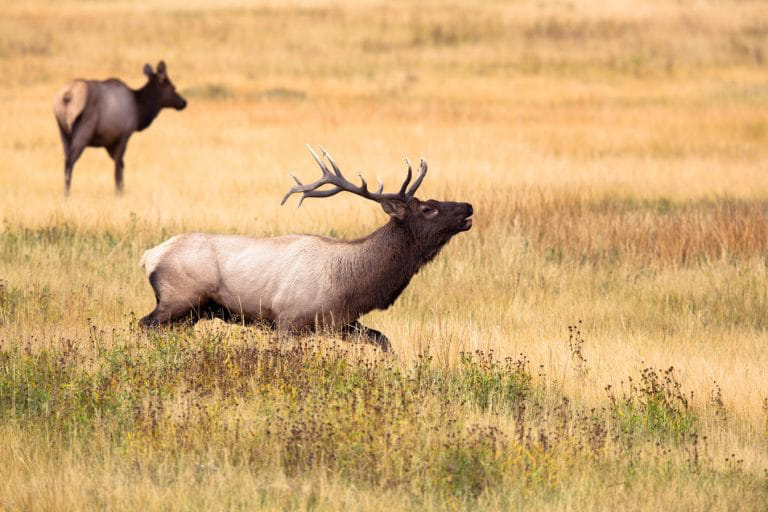Are Elk Native to Texas--Historical and Archaeological Evidence for the Natural Occurence of Elk in Texas
This paper began as an effort to persuade Texas Parks and Wildlife Department (TPWD) to cease its efforts to eradicate elk on the state lands which it manages in far-West Texas. Our assumption was that TPWD was acting out of a sincere misunderstanding of science, which could be corrected.

As of October 2017, TPWD says that even though elk are native, they are “invasive”, thus, its eradications will continue. These are not mandated by law. They are followed pursuant to TPWD’s internal policy.
Given the declared intention to continue attacks on this native species by TPWD—the very state agency tasked with protecting Texas’ wildlife—it is past time for the Texas Bighorn Society, the Texas Wildlife Association, the Borderlands Research Institute (domiciled in the same university that has published this peer-reviewed paper) and the Rocky Mountain Elk Foundation to speak up for far-West Texas elk. Collectively and individually, these groups should insist elk be managed according to the North American Wildlife Conservation Model, which each entity pledged to follow. Current elk policy violates six of the model’s seven tenets.
Protectors of wildlife – especially elk – are indebted to Dr. Richardson Gill, without whose scholarship, technical analysis, and stubborn persistence in the face of institutional resistance, these historic and scientific facts about Texas’ elk would not have seen the light of academic publication.
NOTE: This paper is being used with permission of the Journal of Big Bend Studies and Sul Ross State University. We thank the University, the Journal, and especially its Director, Andy Cloud, for publishing the paper and granting us permission to post it. The specific attribution is:
Gill, Richardson B., Christopher Gill, Reeda Peel, and Javier Vásquez
2016 Are Elk Native to Texas? Historical and Archaeological Evidence for the Natural Occurence of Elk in Texas. Journal of Big Bend Studies. Alpine, TX: Center for Big Bend Studies, Sul Ross State University.
If the above article doesn’t load – it can be viewed here.
